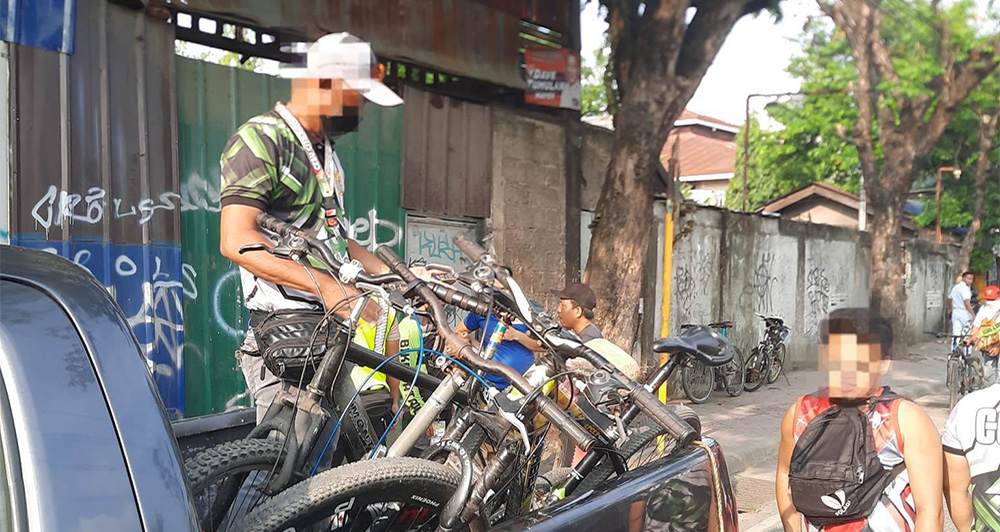
Ever since the pandemic, local government units have been trying to promote bike-commuting in different ways. Though well-meaning, there are cases when they do more harm than good. And this is no more evident than in Cebu.
The Sugbo Bike Lanes Board exists with the goal “to promote road-sharing and road-use among motorists and bikers, bicycling being a healthy transport.” This sounds okay, until you realize that they’re more concerned with policing cyclists than actually protecting them.
In a Facebook post, the LGU laid down the rules and the corresponding penalties for bicycle users. While some of these make sense, we shouldn’t expect bikers to constantly stay in the bike lane, especially when it’s blocked, filled with hazards, or simply nonexistent. Also, cyclists will need to turn left at some point, and doing that from the outermost lane is totally unsafe.
To make things worse, the bike patrol even confiscates the bicycles of violators, as if that achieves anything good. Remember, most bikers on the road are transport cyclists, not leisure cyclists. They depend on their bicycles, just like how you depend on mass transit, a motorcycle, or a car to get around.
Taking away their bikes is essentially depriving them of mobility. Do you think it would be reasonable to impound your vehicle because you were caught not wearing a seatbelt?

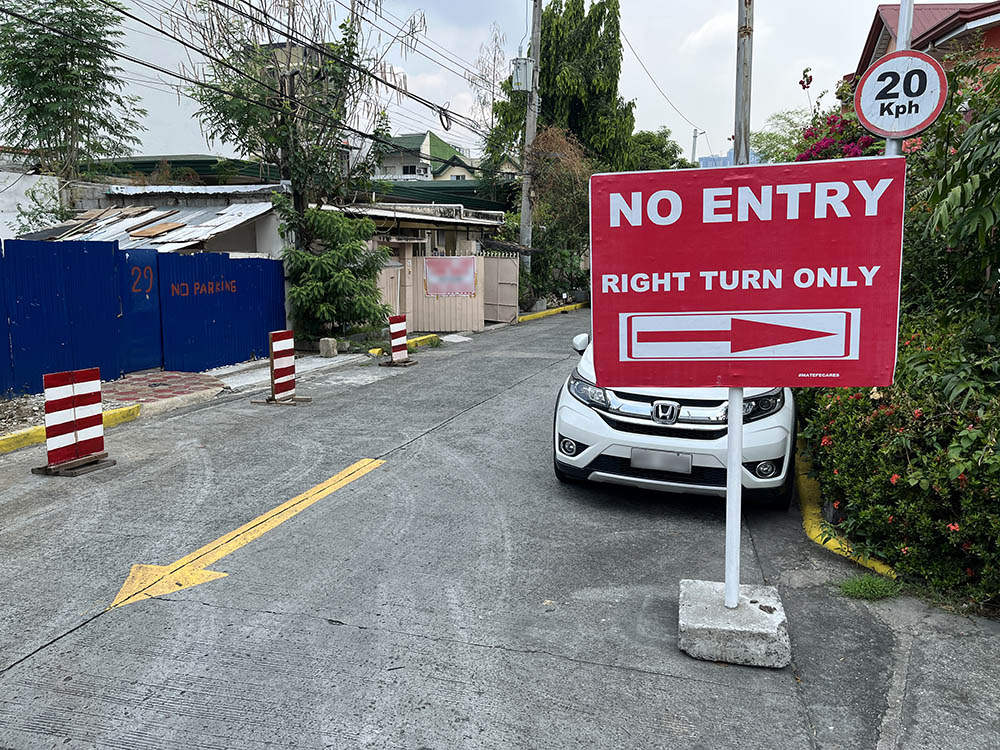
Now, don’t misunderstand me. I’m not saying cyclists are free to do whatever they want because they’re above the law. They still have to follow it when practicable. But if we’re talking about promoting bike-commuting and road safety, we need to understand two things.
Bikers can’t go as fast—and they shouldn’t be going as fast—as motorists. And they are highly vulnerable on the road, just like pedestrians. So we can’t expect them to mix with fast-moving traffic and be okay with it. That’s where protected bike lanes come in.
But what if there’s no space? Then force motor vehicles to slow down with traffic-calming measures such as narrower streets, rumble strips, or speed bumps. There’s a reason why the United Nations believes 30km/h should be the maximum speed limit in urban areas, and why there are signs for school zones. Just slow down and take it easy; you’re not on an expressway.
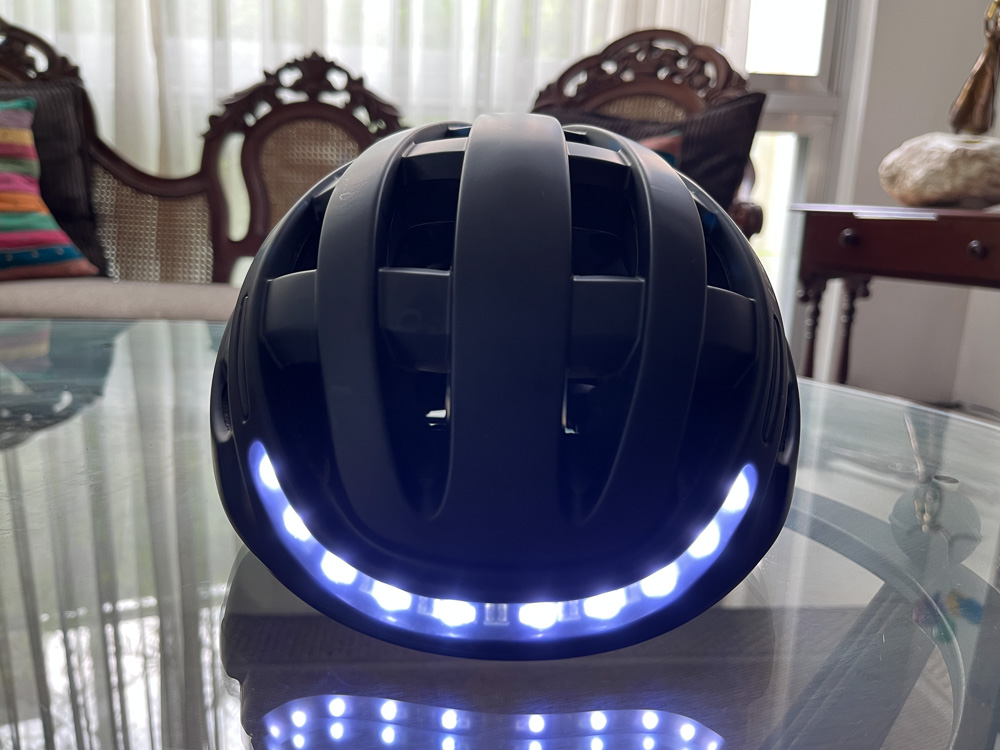
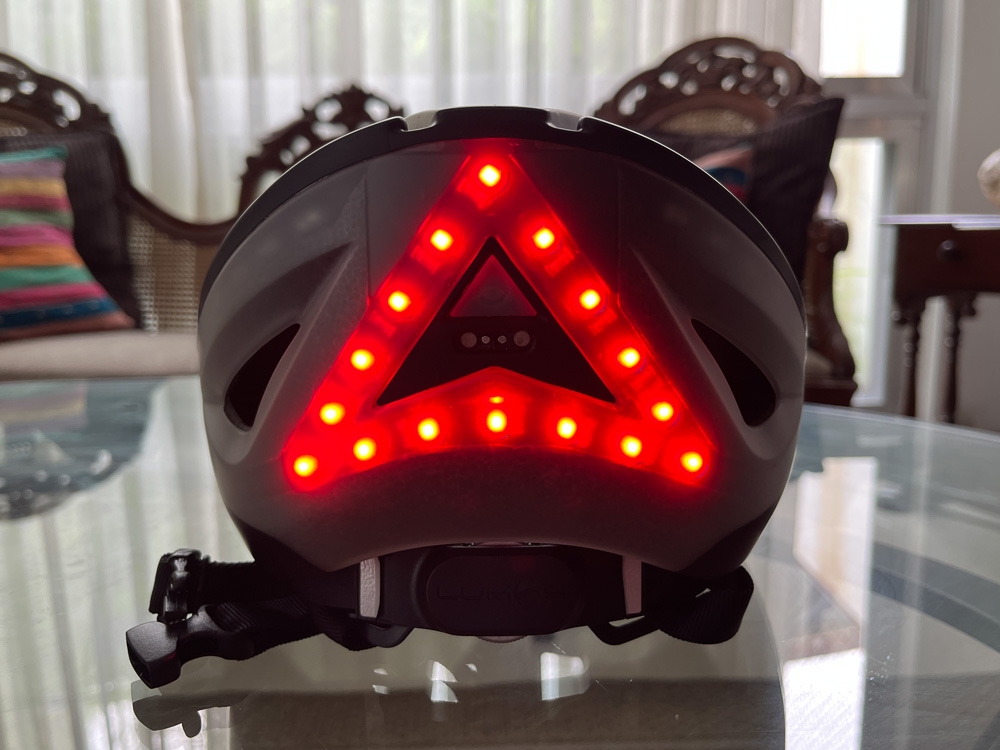
As for safety equipment, I’m all for those. But even if you had all the visibility and the protection in the world, you could still get into a vehicular collision because of things beyond your control. And that’s why cyclists who don’t have those shouldn’t be penalized for it.
A helmet isn’t going to prevent a careless motorist from running over you, and it isn’t even designed to protect against that in the first place. If a driver can’t see cyclists and pedestrians at night, either the headlights or the streetlights aren’t working, the driver isn’t paying enough attention, he or she is simply going too fast, or any combination of these.
Shifting the responsibility to a cyclist for not using a helmet is the same as victim-blaming a woman for wearing a skirt and getting raped. Yeah, the headgear may help reduce the damage when the head hits the ground. But it does nothing to prevent the crash in the first place.
Not only does this restrict bike-commuting (even if it’s for the sake of safety), but more importantly, it doesn’t address the root cause of the accidents we’re trying to avoid. Restricting the bikers to reduce cycling-related accidents is not a solution.
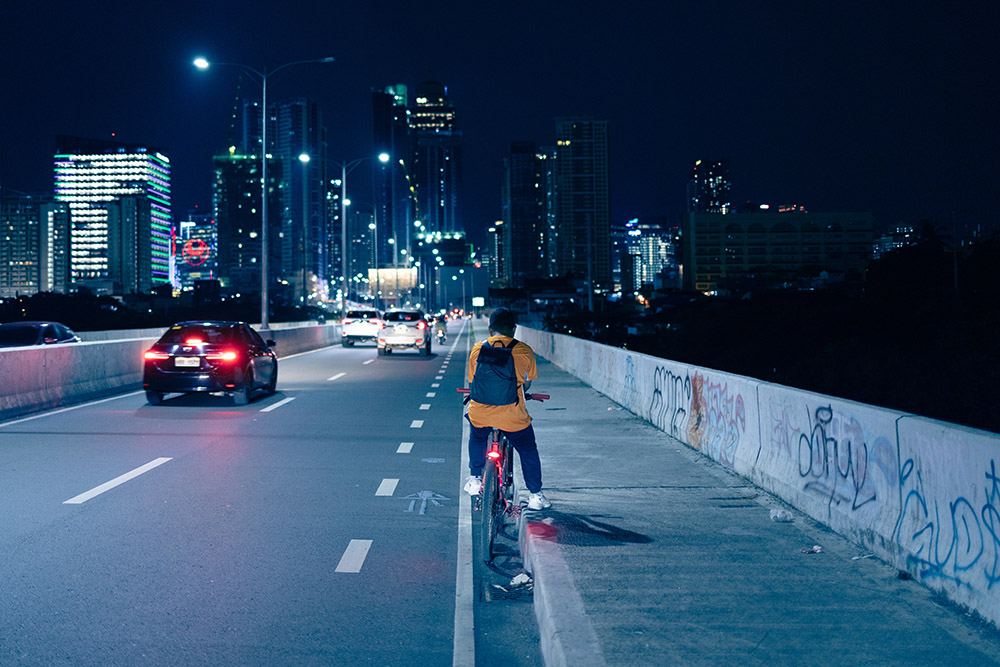
Before you blurt out the ‘J’ word, most cyclists aren’t jempoys riding fixies on alley-cat races. They’re ordinary people who want to go to work and back home, safe and sound. Just because there’s a person on a bicycle in front of you, does not necessarily mean he or she is doing something wrong.
I also don’t deny that there are people on bikes who need more education and awareness, but it’s not worth getting draconian over. If anything, teaching bike-commuting at school and holding workshops would be a lot more helpful than dishing out fines left and right. Rather than penalizing bikers, the LGU can cooperate with organizations to give out safety equipment, similar to what Bikers for a Cause does.
Promoting bike-commuting and active transport isn’t rocket science. All it takes is sympathy, proper planning, and consistent political will. If our leaders and those with power aren’t willing to experience what it’s like depending on a bicycle, then they should at least listen to those who are.
And if they refuse, it’s up to us citizens to raise awareness and to demand better from our government. I say this again: The Philippines can never become a cycling haven (like the Netherlands) overnight. But this doesn’t mean we can’t make life better one step at a time.


0 Comments